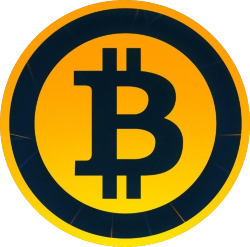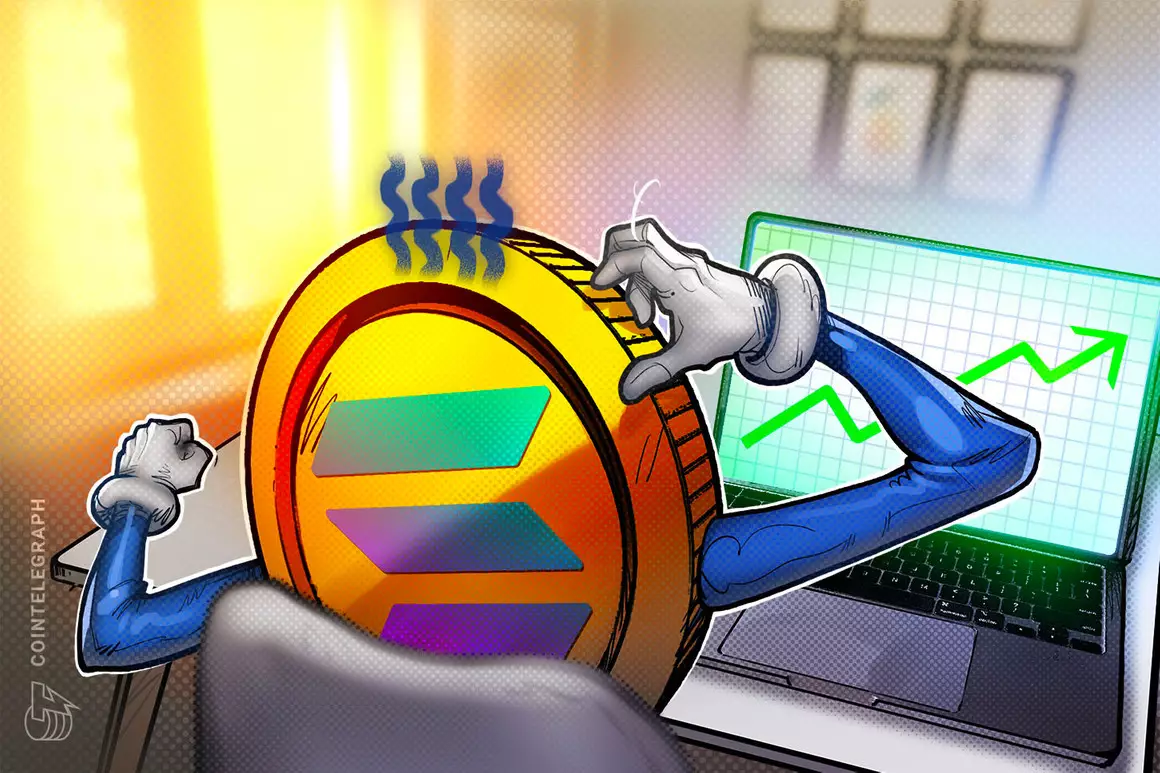Solana’s (SOL) price experienced a momentary surge to a new year-to-date high on June 14 following Ripple’s partial victory against the United States Securities Exchange and Commission (SEC). The court ruling contested XRP’s (XRP) classification as a security, leading to a 48.09% increase in the token’s value, reaching a peak of $32.40. However, the price retraced below the $30.00 level shortly after. This positive gain not only recovered the losses incurred in June 2023 when SOL was considered a security in the SEC’s lawsuit against Binance and Coinbase, but it also reached levels not seen since the FTX collapse in November 2022.
A Pessimistic Outlook
Despite the temporary price surge, the usage and market charts of the Solana network indicate that a long-term bullish trend is unlikely. The $30 level has become a critical resistance level. Token Terminal data reveals that the total fees paid on Solana are still lower than Q3 2022 levels, suggesting that the network’s activity has not fully recovered since the FTX collapse. The Solana ecosystem, which had close ties to Sam Bankman-Fried, the founder of the FTX exchange, suffered significant setbacks following the collapse. Active user data on Solana also reflects difficulties in achieving a product market fit in decentralized finance (DeFi). The total deposits on Solana, representing its DeFi liquidity, have plummeted by 97% from its peak of over $10 billion in November 2021.
Limited Growth in NFTs and Gaming
However, the NFT ecosystem on Solana has flourished, consistently maintaining the third position in monthly NFT trading volume since June 15. Although trading volumes experienced a slight spike in June, they have since dropped to yearly lows in July, indicating minimal change since the FTX collapse. In the gaming sector, the most popular games on Solana, such as Genopets, Tap Fantasy, and Aurory, have fewer than 10,000 monthly users, according to DappRadar. These numbers pale in comparison to competing networks like Near, Polygon, Ronin Network, and Arbitrum, which boast more than double the monthly players for specific games. The stagnant growth in the gaming sector further confirms that the fundamentals of Solana have remained unchanged in recent weeks.
Efforts to Improve Scalability and Speed
Despite these challenges, Solana’s team continues to roll out upgrades to enhance the speed and scalability of the blockchain. The Firedancer upgrade, developed by Web3 infrastructure development and investment firm Jump Crypto, aims to increase Solana’s speed to over 1 million transactions per second by introducing a next-generation validator client. This upgrade is expected to launch in late 2023. The successful implementation of the Firedancer upgrade will play a pivotal role in shaping the blockchain’s price trend. Factors such as its use in high-frequency applications like trading or gaming and its ability to mitigate network downtime risks will determine its overall success. However, until then, the project’s fundamentals do not support the emergence of a new bullish trend.
The SOL/USD pair has surpassed the resistance from the long-term descending trendline since the 2021 peak, signaling the possible end of the long-term bearish trend. However, buyers face significant obstacles at $30.00, which serves as a long-term support and resistance level. Confirmation of a long-term bullish trend will only occur if buyers establish support above this level. Given the swift rise after Ripple’s news on June 13, it is likely that SOL may retest the trendline around $18.00 before experiencing a substantial upward movement. In case of a downside, the yearly lows and the long-term horizontal level at $12.76 will provide support to buyers.
The SOL/BTC pair encounters resistance from the yearly peak level of approximately 0.00114 Bitcoin (BTC). Additionally, the 50-day weekly moving average at the 0.00104 BTC level serves as a crucial resistance, as the price peaked precisely at this point on June 14. The perpetual swap market suggests a potential pullback due to the significant increase in long interest, which raises the possibility of a contrarian trade to the downside. The funding rate for SOL perpetual swap contracts, reflecting the sentiment of perpetual traders, has surged to a two-month high. This indicates that many traders have opened long positions following the positive breakout on June 14, driven by fear of missing out (FOMO) sentiments. The accumulation of long orders has the potential to trigger a long squeeze in the opposite direction as more sophisticated traders target the stop losses of long players.
While Ripple’s favorable court ruling against the SEC has revived hopes regarding SOL’s security classification in the United States, the network’s growth and technical levels suggest numerous obstacles and make a medium to long-term bullish price trajectory unlikely. Solana’s team must address the challenges in terms of network activity, recover the losses incurred during the FTX collapse, and achieve broader adoption in decentralized finance and gaming sectors. The upcoming Firedancer upgrade will be pivotal in determining Solana’s future success, but until then, the project’s fundamentals do not support a sustained bullish trend. Investors and traders should approach Solana with caution and closely monitor the market sentiment and price action before making any significant investment decisions.


















